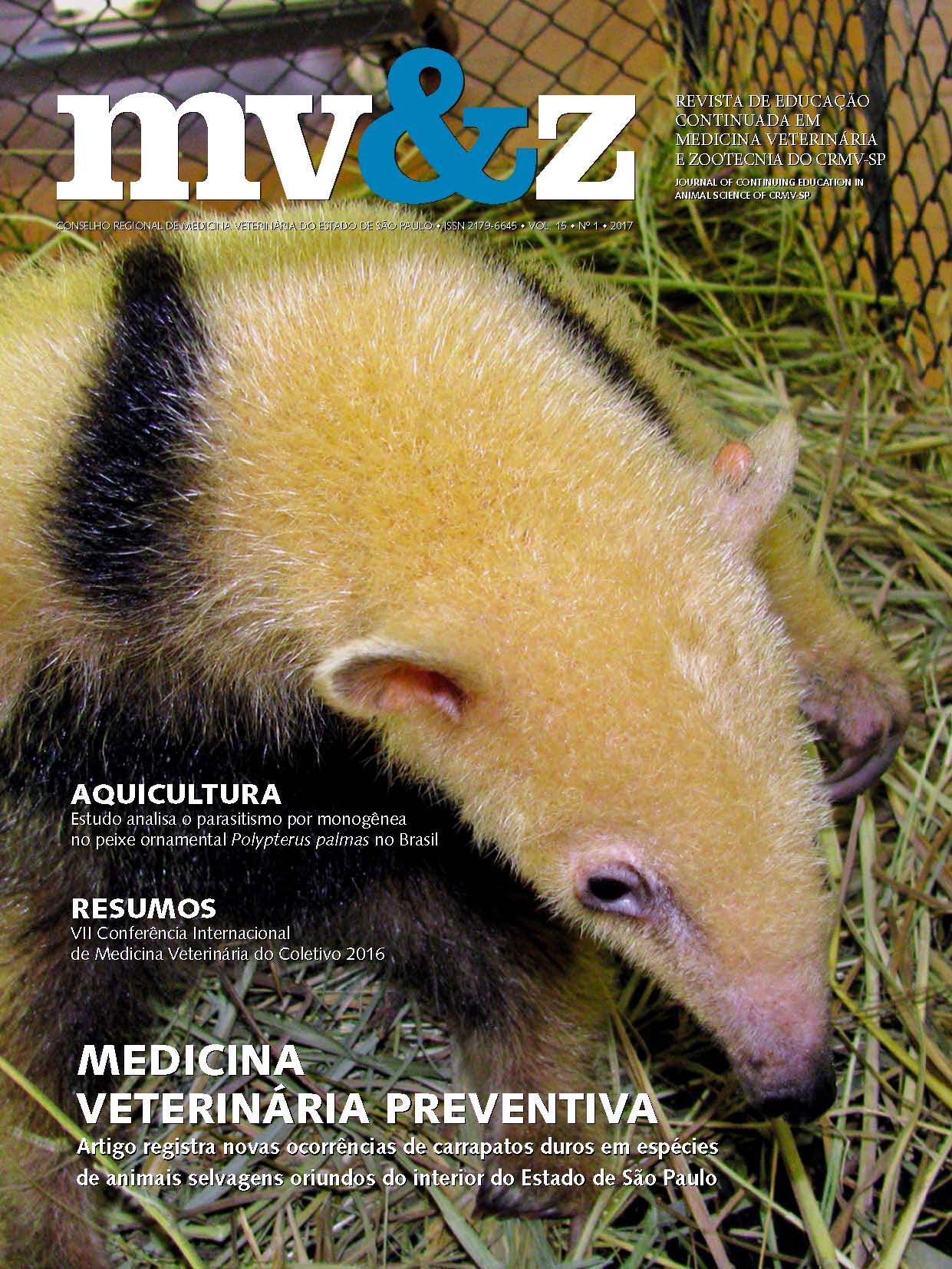Febre maculosa brasileira
Conteúdo do artigo principal
Resumo
A febre maculosa brasileira (FMB) é uma doença infecciosa transmitida por carrapatos do gênero Amblyomma, tendo como principal agente etiológico a bactéria Rickettsia rickettsii, manifestando-se por um quadro febril agudo. O primeiro relato de riquetsiose no Brasil foi em 1900, no Instituto Bacteriológico de São Paulo, pelo Dr. Adolfo Lutz. A doença reemergiu e se tornou um importante problema de saúde pública no Brasil a partir da década de 1980. Desde então, observou-se aumento no número de casos, expansão das áreas de transmissão, transmissão em áreas urbanas e, em especial, elevadas taxas de letalidade. As rickettsias são bactérias intracelulares obrigatórias, com predisposição ao parasitismo de células endoteliais, que estão classicamente divididas em três grupos: o grupo tifo, composto por Rickettsia prowazekii e Rickettsia typhi; o grupo da febre maculosa, que inclui mais de 20 espécies válidas, principalmente associadas aos carrapatos (por exemplo, R. rickettsii e R. parkeri); e um grupo mais basal, em que estão incluídas R. bellii, R. monteiroi e R. canadensis. No Brasil, a transmissão da FMB está associada aos carrapatos do gênero Amblyomma, e as espécies de maior importância na transmissão da doença são A. sculptum (antigo A. cajennense) e A. aureolatum. A doença se caracteriza por febre, mialgia e cefaleia intensa, exantema, edema nas mãos e nos pés, sendo que em alguns casos apresenta-se de maneira generalizada. A doença causa sepse com comprometimento pulmonar, podendo ocasionar insuficiência respiratória aguda, problemas renais, como insuficiência renal aguda, diátese hemorrágica, lesões neurológicas com meningite, encefalite e icterícia. Os casos clínicos que evoluem para óbito, devido a diagnóstico e tratamento tardios, normalmente ocorrem entre o 5° e o 15° dias após o início dos sintomas. O diagnóstico da doença é feito com o emprego da reação de imunofluorescência indireta (RIFI), reação em cadeia da polimerase (PCR) e isolamento em cultivo celular. Após início das manifestações clínicas, o tratamento deve ser iniciado precocemente, interrompendo a administração após dois ou três dias do desaparecimento da febre. As medidas de vigilância e controle devem focar ações educativas e divulgar a doença para a população e os profissionais da saúde, repassando conhecimentos sobre sua existência, sobre medidas preventivas e sobre a importância do enviar carrapatos coletados nos pacientes ou encontrados no ambiente para identificá-los.
Detalhes do artigo
Seção
1. Autores mantém os direitos autorais e concedem à revista o direito de primeira publicação, com o trabalho licenciado sob a Creative Commons Atribuição-NãoComercial-SemDerivações 4.0 Internacional
2. Autores têm autorização para assumir contratos adicionais separadamente, para distribuição não-exclusica da versão do trabalho publicada nesta revista (ex.: publicar em repositório institucional ou como capítulo de livro), com reconhecimento de autoria e publicação inicial nesta revista.
3. Autores têm permissão e são estimulados a publicar e distribuir seu trabalho online (ex.: em repositórios instituicionais ou na sua página pessoal) a qualquer ponto antes ou durante o processo editorial, já que isso pode gerar alterações produtivas, bem como aumentar o impacto e a citação do trabalho publicado (Veja O Efeito do Acesso Livre);
